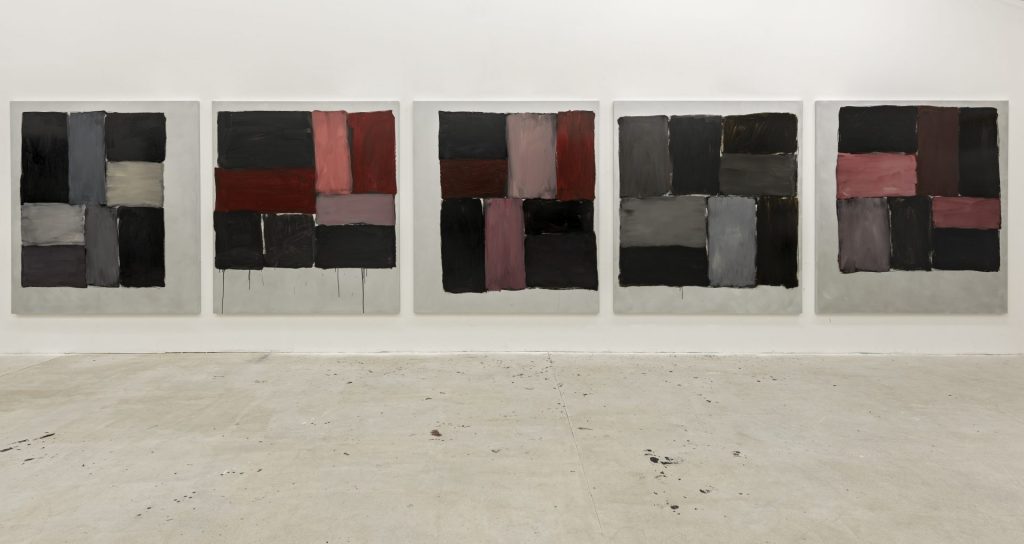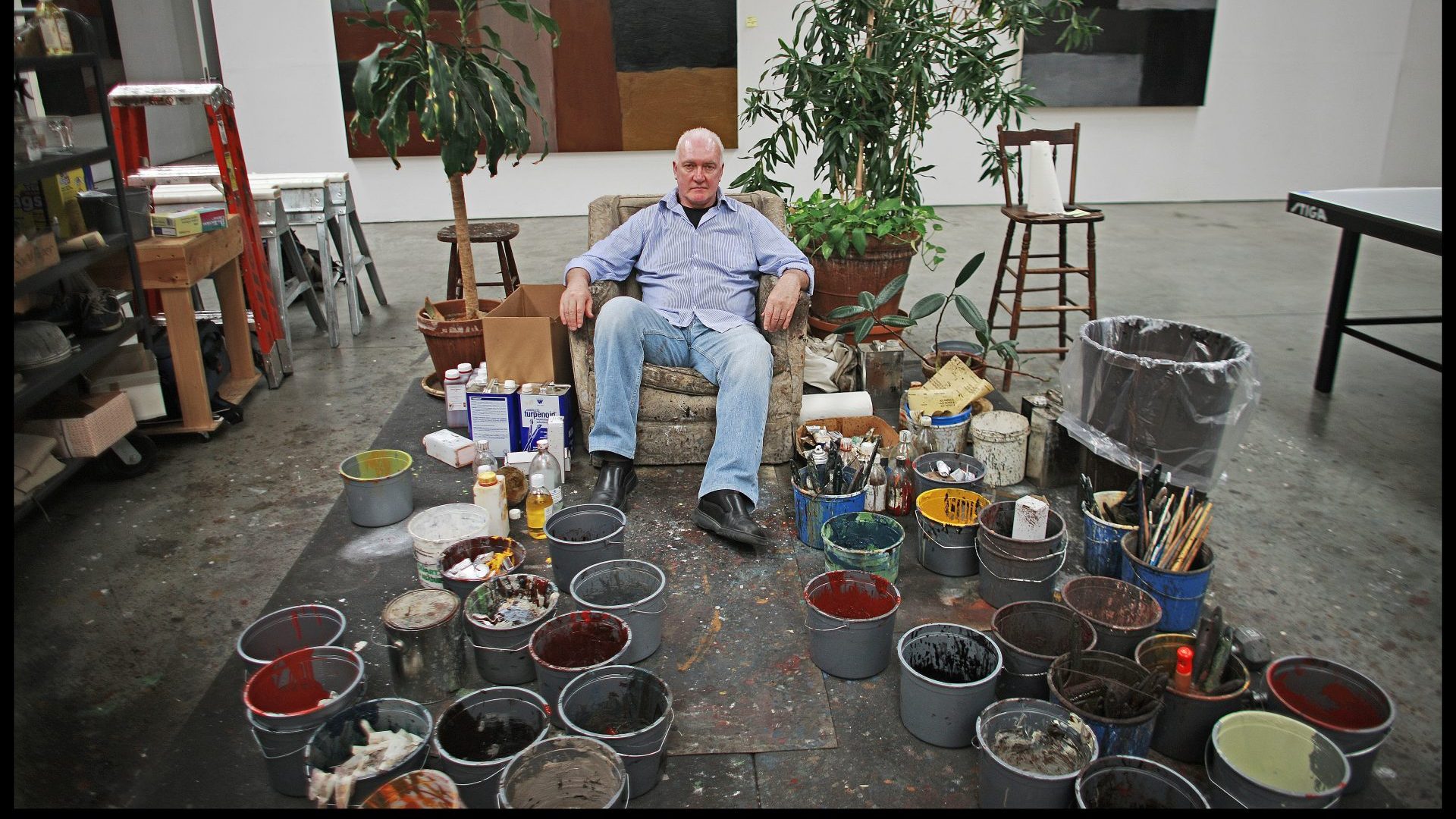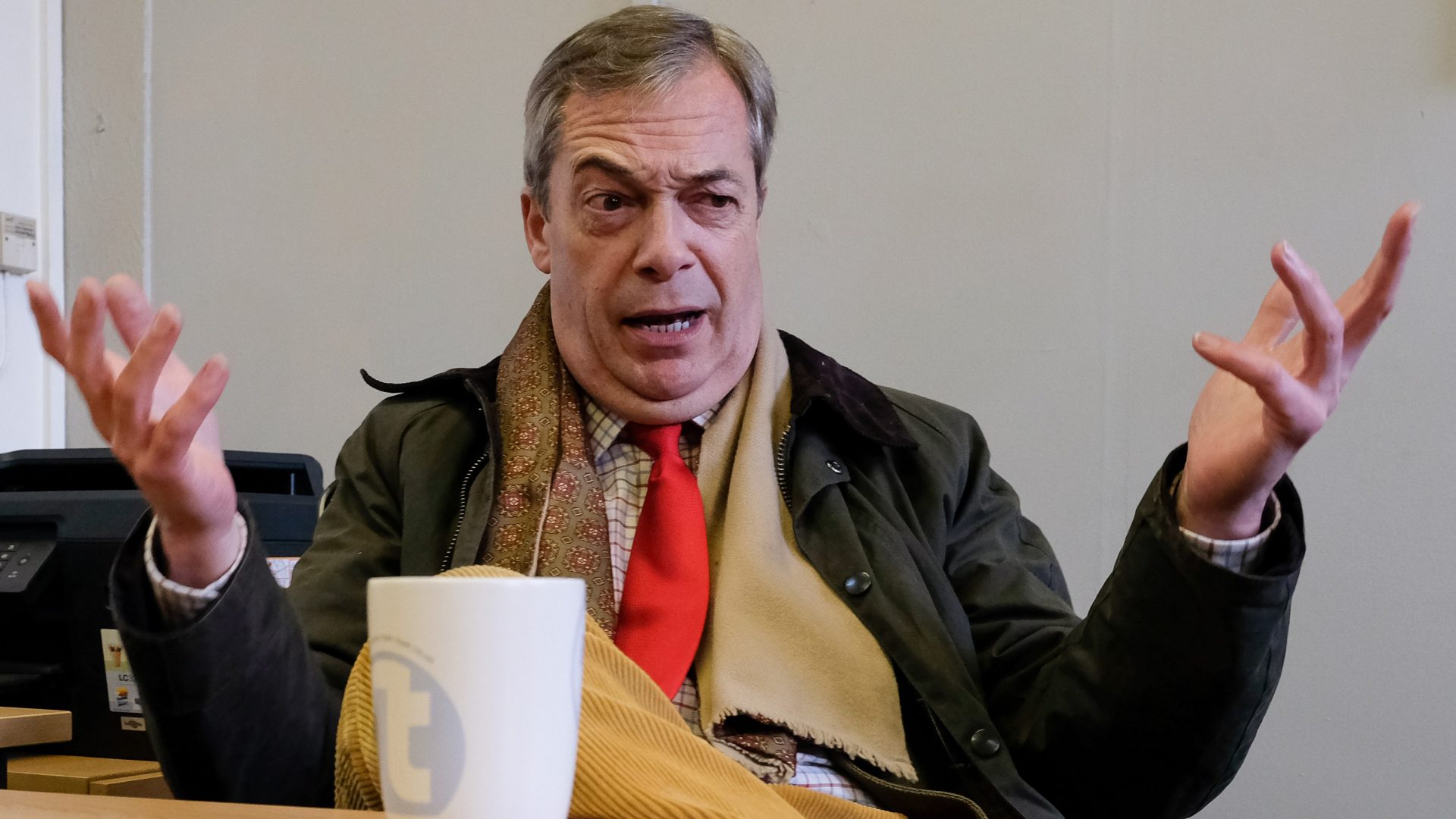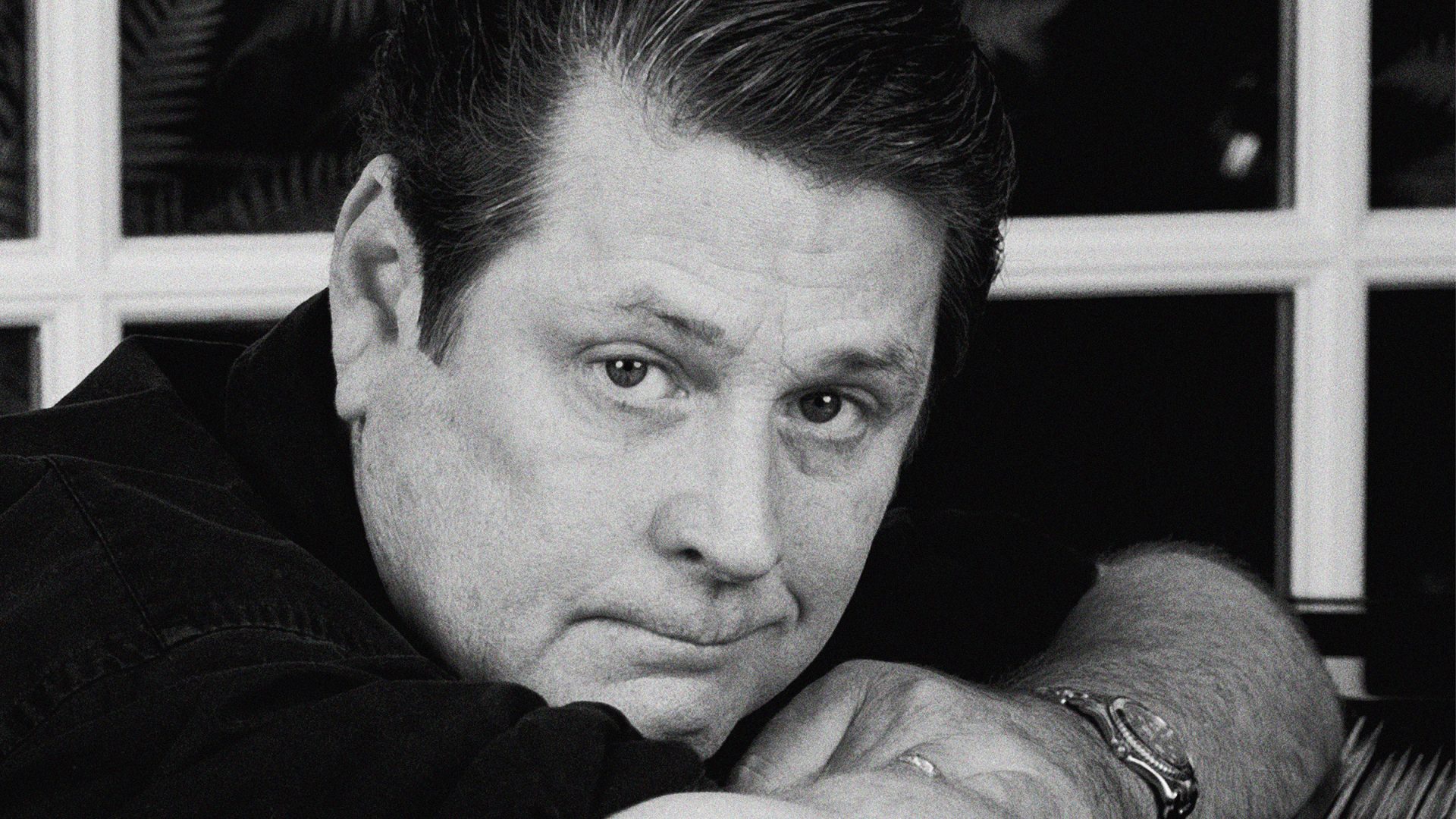I have never understood abstract art. I imagine like most of those around me I stand in front of paintings wondering what I am meant to feel. It was during lockdown in 2020 that I came across a series of paintings by the artist Sean Scully called “A Kind of Red”, which changed my view.
The five paintings consist of horizontal and vertical blocks of burgundy, black, and grey. I am completely transfixed by them. I can’t articulate what I feel, but I am deeply moved, and over the next few months, and then years, I keep coming back to them. This wasn’t some kind of epiphany – I didn’t suddenly “get it”, or see behind the curtain. The emotions I felt raised more questions than they answered. For one thing, why do the paintings make me feel anything at all?
I’m a photographer so I can only ever take a picture of what is in front of the camera – what’s already there. As with the impressionists, the expressionists and all the great figurative artists over time, there was always something in front of them, something that is seen, that already exists, something that is there for people to compare the work to. With abstract art there is nothing in front of you. So what is happening? What is it that you are painting? And why should anyone feel anything at all looking at the finished work? I decide to seek out Scully to try to find some answers.

So here I am, five years later, sitting across from him in his Hampstead house. It’s just by the heath. It’s spartan, there’s not much on the walls, but he’s never really lived here. He gave it a go after lockdown, but it hasn’t worked out so he lives back in New York now, where he made his name and where he has lived for the last 50 years. His teenage son Oisin and wife, the artist Liliane Tomasko, said hello when I arrived but now they’ve left us alone.
I’m setting up a camera for the interview and I have a sound man doing the same. Scully is opposite me, sitting squarely in an armchair, waiting. He’s comfortable with the silence while we set up, but his presence is slightly unnerving. He doesn’t immediately look like one of the world’s most revered living artists, whose abstract paintings are held in all the major collections of the most prestigious museums and galleries around the world. He is a bear of a man who shows no signs of diminishing in spite of turning 80 later this month.
Scully talks in full slow sentences in an accent that lilts between cockney and mid-Atlantic. He was born in Dublin in 1945, both his parents deserters from the British services: his mother from the Wrens, his father from the RAF.
“My upbringing is what made me,” he says. “We were on the run, because my parents chose love instead of war, but we were destitute.” For his father, desertion carried a 20-year prison sentence which he would have to serve if he returned to the UK. Sean’s grandfather, John Scully, had also been a deserter. He was caught and sentenced to death – he would have faced the firing squad, but he hanged himself.
They lived with travellers, of no fixed abode, scraping a living from anywhere. But his mother, a vaudeville singer, soon tired of the itinerant life and got her sister-in-law, Biddy, to negotiate her husband’s sentence. Biddy somehow got it reduced from 20 years to eight months – “a miraculous feat at the time. She just wore them down.”
They decided to return to London, and on the boat across the Irish Sea, men walked the decks in pitch dark with poles and torches to push away the mines that were left over from the war. On arrival, Scully’s dad went to prison to do his eight months.
The family landed in the Old Kent Road, occupying a single empty room, before moving up to Islington in north London, which back then consisted of tenement slums. They heard, “on the Irish tom tom grapevine,” that a family were leaving, so they waited outside in the street and slipped in as soon as they left. “When the rent collector came round with his tin box he didn’t care if it was Satan paying the rent, so long as it was paid.”
He remembers: “There was a bathroom, we’d never seen anything like it. The bath was on the floor, connected. It wasn’t a tub you pick up afterwards. It was fantastic.”
Scully’s compulsion to be an artist was acute from an early age. At the St Joan of Arc primary school in Highbury he had a friend who was deeply troubled and he concluded that the thing to ease his friend’s woes was to give him an artistic gift. “I wanted to save him, so I gave him a set of watercolours and a block. But with a kind of atypical wisdom he gave them back to me and said: ‘Not me – you’re the artist.’ We were only 10.”
“Being an artist wasn’t an option,” he says. “For me it was an engine that required no fuel. I had no choice. I always thought I could find my way to something. I didn’t know then quite what it was.”
The few years he had in Highbury with his grandmother among the tight-knit Irish community were idyllic and formative, but after a dispute with the school they were forced to move to Sydenham in south London when Scully was 10, to a life he describes as “dysfunctional beyond belief.” By the age of 16 he was working in a factory.
After a series of rejections he got into art school at Croydon and then Newcastle, where he worked ferociously. His first show out of college, at the Rowan Gallery in London, sold out. Unprecedented at the time, it gave him some money, some recognition and more importantly led him towards a scholarship to Harvard. He arrived in New York in 1975, which was a very different city to the one we know now. He would stay there for 50 years.
“I could feel a kind of electric aggression in the air, that was quite threatening,” he says. “It was very rough, and extremely dangerous. But there was an honesty to it. There were no false filters. Nothing was greyed out. It was raw.” Squatting in huge vacant freezing lofts, turning the lights off at night so they wouldn’t get found out, it was in this space where Scully would find his tribe and find his voice in abstract art.
It was a harsh environment. He stripped his work right back, describing it as, quoting Leonard Cohen, “Uncrossing the crucifix,” leaving all his beliefs behind so there was almost nothing left. I ask what this means – how does that notion translate to the painted surface?
“It is accessing the mystic. You’re not doing it alone. We have the capacity to be connected to the divine.” Jack Kerouac wrote On the Road in one sitting, Miles Davis recorded Kind of Blue in one go. Scully works in the same way, and has an unflinching belief that it will always work when he turns up at the painted surface.
“What I’m painting is the way things come together and what colour they are and the spaces between them. It’s primitive but it engenders a kind of mystery. It’s like music. You don’t have to describe it. It elevates you. That’s all it is. You don’t have to ask what it means. You go to the mountain, it’s there, it doesn’t have to describe itself.”
Scully lives between London, New York, Spain, and Germany but has always remained spiritually anchored to Ireland. In 2007 he created a book of his photographs, Walls of Aran about the dry-stone walls on the Aran Islands off the west coast of Ireland. After Aran, which is three vast lumps of rock, going west there is nothing but three thousand miles of Atlantic Ocean, until you reach New York, a journey Scully himself made.
The similarity between his paintings and the graphic nature of the walls is easy to see. When prompted, he talks about the beauty and anonymous authorship of the walls that cover the islands. “It is the ultimate proletariat creative,” he says. “When somebody is doing something that is so devotional it is sublime. The walls are functional but you can see the aesthetic. People use the same rocks but they are all different. They are beautiful. It’s the humble and the extraordinary, made by somebody who is a farmer.” I suggest we go to Aran together and he builds a wall so I can see the “doing”. To my surprise, he agrees.
He describes his work as “a window into ‘the other’. It’s a kind of mysticism that we are bent on destroying. Mount Everest used to be something that ascended to the gods,” he says, “and now it’s a rubbish dump full up with the paraphernalia of hikers made of material that will never decompose. We are trying to explain everything away. We want to understand and explain everything. But we don’t need to understand or explain beauty or mystery – we are enriched and elevated by it and that is enough. It’s very simple. We don’t have to examine it. It’s an experience. We don’t have to keep asking what it means.”
I ask him: “How do you go about that?” He says: “You get there by the doing, the living and the loving. When I’m painting that is all I am doing, but when I’m not painting, I’m not thinking about painting. I’m living. I’m never strategising.”
“When I paint it is with pure intensity and inspiration and then I’m lit up. And then I’m working. There is no hesitation. And when I look at the fucking shithole we have made of the world today – making art like Miles Davis or Seamus Heaney or Dostoevsky it seems the only appropriate response to the savagery of our own existence. But ultimately we are spiritual beings, we are all connected and it is art and the mystic that can reconnect us. And that requires being in a state of simplicity and love.”
I ask him about the making of “A Kind of Red”, the set of five paintings that brought me here in the first place. “I had the five panels and I did one each day for five days listening to Miles Davis’s Kind of Blue. It was like being in a trance. I didn’t work at them very long. They are fragile, I wanted them to be unstable. Miles Davis and his music were both very unstable and I think you can see that. It’s like writing music and playing it all at once, you can shut down time and see it all at once. I did one, and the next day I would do the next one and after five days they were done. My work was over.”
I think I have asked the right questions and received considered answers, but I’m left thinking that what I’ve learned is that my questions are irrelevant, and maybe I don’t need to understand abstract art after all. It doesn’t need explaining. The mystery doesn’t need unravelling. I think that I needed to ask the questions to realise that. And I think Scully knows that too.
As I’m packing up I ask whether he was serious about us going to the Aran Islands together and building a wall. “I said yes, didn’t I?” he replies. I am still mystified by this idea of the “other” – of the mystic. “I think I understand,” I say, “but I still don’t know what that means.” He thinks for a bit. “I understand too,” he says, “but I also don’t know what it means.”
The interview has run over, so as soon as we are finished he calls Liliane and Oisin and they go out for lunch, leaving me in the house alone. He says from the hall: “We’re off, just pull the door behind you when you leave.”
Sean Scully’s work will be on show at the Estorick Collection of Modern Italian Art, London, October 8 – November 23
Michael Donald is an award-winning photographer, film-maker and writer



